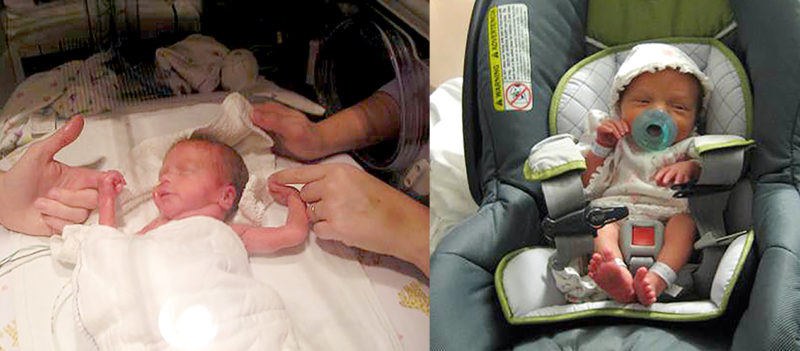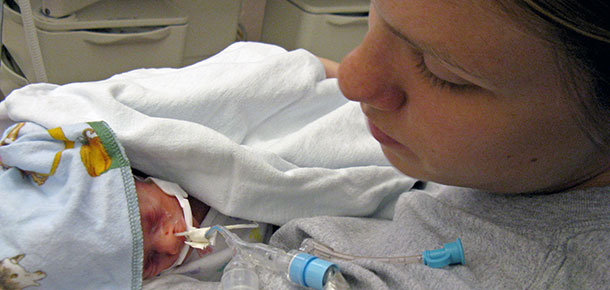Each year, 15 million babies worldwide are born too soon. In the United States, 1 in every 9 babies is born preterm. And in an average week in Ohio, 322 babies arrive early. On Ohio’s most recent March of Dime’s Report Card, our state received a “C” overall.
Premature birth is the number one cause of death in infants and is a leading cause of lasting childhood disabilities.
Today, on World Prematurity Day, we’re joining the March of Dimes in their efforts to raise awareness of prematurity as a global, national and local crisis.
Like the March of Dimes, we believe that research is the key to finding answers to why so many babies are born too soon. In 2013, Cincinnati Children’s became part of the group of scientists who are funded by the March of Dimes to examine the complex problem of preterm birth from every angle. Our researchers are part of the March of Dimes Prematurity Research Center Ohio Collaborative, which became the second of five planned transdisciplinary research centers aimed exclusively at finding the unknown causes of preterm birth.
While there is still a great deal to learn and understand about the causes of preterm labor and subsequent preterm birth, there are several things that mothers can do now to make a full-term pregnancy more likely:
- Have a pre-conception checkup
- Start pregnancy at a healthy weight – not underweight, not overweight
- Wait at least 12-18 months after delivery before conceiving another baby
- Take a multivitamin with folic acid in it every day
- Gain the right amount of weight during pregnancy – this is different for every woman, talk to your doctor about your target pregnancy weight gain
- Attend all of your prenatal medical appointments
- Don’t smoke or spend time around second-hand smoke
The research collaborative has a lot of potential, and Cincinnati Children’s is honored to be part of that important work.
Dr. Louis Muglia’s Familial Preterm Birth Clinic offers preterm birth prevention consultations to women at high risk of preterm birth before becoming pregnant or early in pregnancy (less than 24 weeks). It also offers families an opportunity to be part of the research that is helping scientists better understand the genetic factors of prematurity.
We hope you will join us today in recognition of World Prematurity Day and of the families who have experienced preterm birth. Please take today to connect with the March of Dimes and show your love and support.





